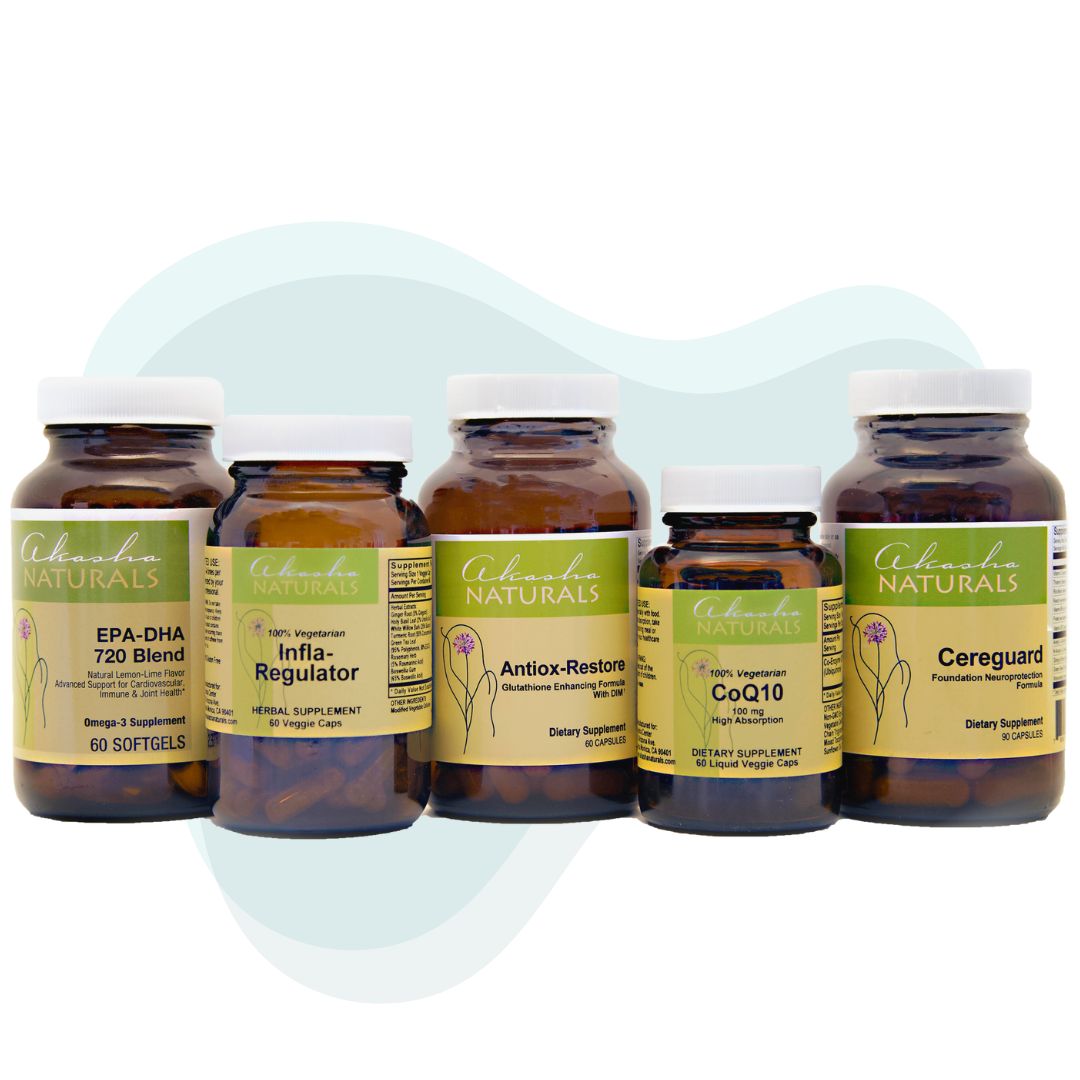Sunscreen is a unique product in that it is the one topical body care product that is highly recommended to apply all over the body, multiple times a day, for everyone over 6-months of age. And yet, so many available sunscreens contain toxic ingredients that are carcinogenic, mimic hormones (“endocrine disrupting chemicals”), affect our nervous system and cause skin allergies. The Environmental Working Group (EWG) has done an incredible job researching sunscreen ingredients and educating consumers about the safety of over the counter sunscreens.
Sunscreen 101
The active ingredients in sunscreen are mineral or chemical filters. The most common available sunscreens contain chemical filters which include: oxybenzone, avobenzone, octinoxate, homosalate, octocrylene, and octisalate. Studies show that these chemical filters are the toxic ingredients that may be contributing to more infertility, endometriosis, reduce sperm quality and thyroid disorders. The most worrisome ingredient is oxybenzone, which the Enviromental Working Group found in 70% of non mineral sunscreen. Studies have shown that in a random sampling of children and adults who use sunscreen regularly, 96% tested positive for oxybenzone. We can conclude from these studies that oxybenzone is absorbed through the skin into our body. Studies done in Europe have detected oxybenzone in mother’s milk which indicates that newborns are also being exposed to these substances. The exciting news is that studies also show that eliminating exposure to these chemical filters causes a quick and dramatic drop in the levels detected in the body.
Mineral sunscreens contain zinc oxide and/or titanium dioxide. These physically, rather than chemically, block sunrays. Studies show that these ingredients are hypoallergenic, non toxic, and provides good protection from UVA (associated with age related sun damage) and UVB (associated with sunburns & skin cancer) rays. Zinc oxide appears to provide greater protection from UVA rays than titanium oxide. Zinc Oxide is the EWGs 1st choice for sun protection.
Mineral sunscreens generally come in nanoparticles – very small particles not believed to penetrate the skin. Still more research is needed since there are studies out there that say nanoparticles can harm living cells and organs when given in large doses. You want to avoid inhaling nanoparticles due to potential lung damage. It is this reason that the EWG discourages the use of spray sunscreens. There are sunscreens that advertise as being non nano, zinc oxide, however, being 100% nano free is almost impossible to guarantee.
In a Nut Shell
- Choose mineral sunscreens with Zinc Oxide as the main ingredient.
- Avoid products with oxybenzone and other chemical filters (see complete list above)
- Choose “broad spectrum sunscreen”. Broad spectrum protects against UVA and UVB rays. SPF, on the other hand, only refers to UVB rays.
- No benefit is seen with sunscreen with SPF greater than 50. Choose SPF with a minimum of 15 and maximum of 50.
- Choose lotions over sprays to avoid inhalation and for more even distribution.
- Reapply every 2-3 hours
Dr. Maggie Ney is a licensed, board-certified naturopathic doctor and co-director of the Women’s Clinic at Akasha. Call 310-451-8880 or email info@akashacenter.com to make an appointment!








